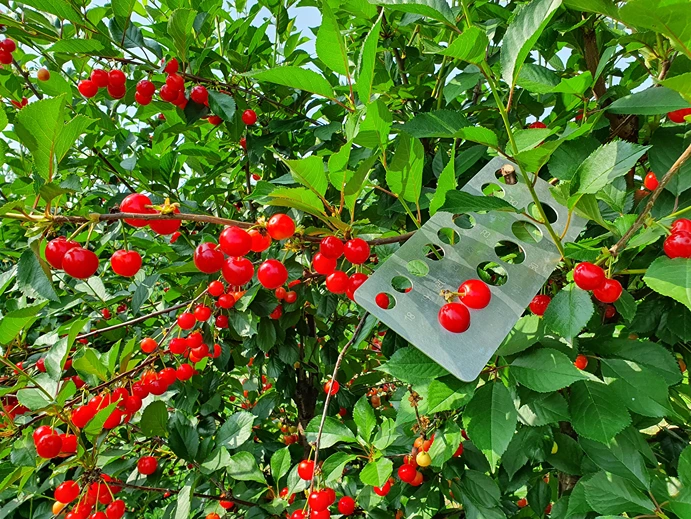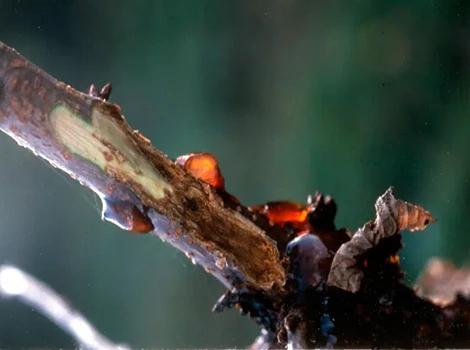The Drosophila suzukii (SWD) is a significant global agricultural pest that primarily affects a wide range of soft-skinned fruits such as berries, cherries, and grapes. This invasive species can cause considerable damage to crops through both direct feeding and secondary infections.
The presence of SWD in an orchard or vineyard can lead to substantial economic losses for growers due to reduced fruit quality and increased management costs.
Key signs to watch for:
- Male SWD: Look for distinct spots on the tips of their wings.
- Affected fruits: Watch for brown discoloration and sunken areas on the surface.
- Infestation indicators: Check for white larvae inside the fruit.
Although SWD has not yet been detected in Australia, it is known for its rapid spread and has been identified as the third National Priority Plant Pest. Its ability to adapt to various environments and the absence of natural predators in new regions make it a significant threat to fruit industries worldwide. Early detection and reporting are crucial in managing and preventing the spread of this pest.
Are you in Australia and noticed something unusual in your crops? Report it immediately to the Exotic Plant Pest Hotline at ☎️ 1800 084 881. Your vigilance can help protect Australia's fruit industry from this formidable pest.
To read the full reports from Plant Health Australia click here
Source: Plant Health Australia
Image: Plant Health Australia
Cherry Times - All rights reserved












